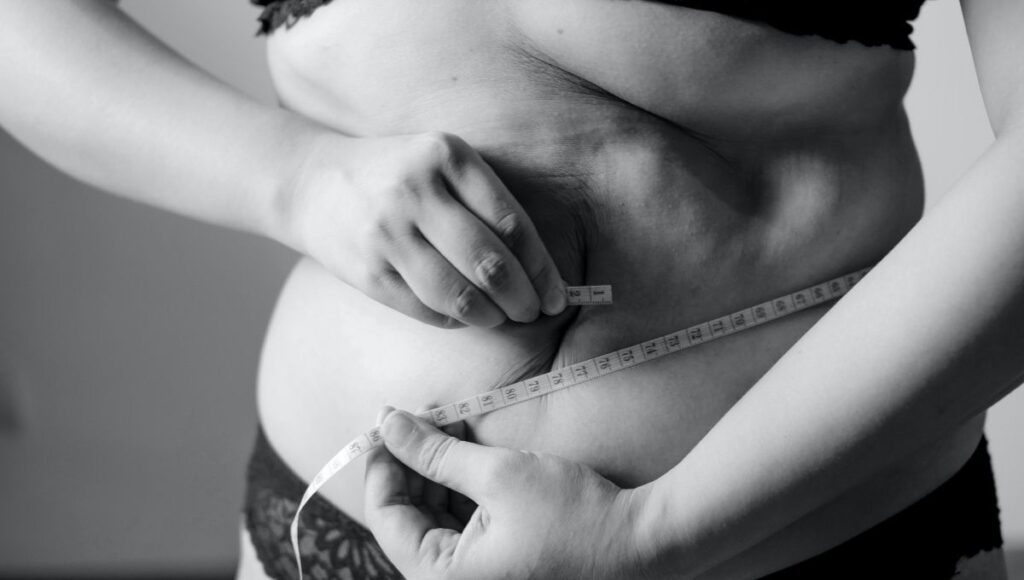How much cardio should you do to lose fat? Taking into consideration scientific studies, that is what Jeremy Ethier sat out to explain in a recent video he published.
Jeremy Ethier, a renowned fitness trainer and Kinesiology graduate, is the co-founder of Built With Science. His YouTube channel has over 5.5 million subscribers and he delivers clear information with sound background research.
The importance of cardio for fat loss is a nuanced balance, with its effectiveness hinging on various factors. While cardio undoubtedly burns calories and contributes to overall health, its role in fat loss can be overstated if not integrated strategically. However, when incorporated together with a well-structured diet and resistance training, cardio can accelerate fat loss by creating a caloric deficit. The key lies in personalized approaches, gradually increasing cardio as needed and ensuring its compatibility with individual lifestyles and preferences.
Moreover, the sustainability and enjoyment of cardio activities play a crucial role in long-term fat loss success. Choosing cardio exercises that individuals genuinely enjoy not only makes adherence more likely but also contributes to overall well-being. It is not solely about the quantity of cardio but the quality of the chosen activities and their seamless integration into a holistic fitness routine. By viewing cardio as a supplementary tool rather than a standalone solution, individuals can strike a balance that aligns with their unique goals, ensuring a sustainable and effective approach to fat loss.
Jeremy Ethier undertakes a comprehensive exploration of the intricate relationship between cardio exercise and fat loss. In his extensive investigation, Jeremy delves into the perspectives of natural bodybuilders, engages with scientific studies, and extracts valuable insights from fitness experts. The ensuing discussion provides an understanding of the role of cardio in the pursuit of fat loss, unravelling myths, and offering practical recommendations for individuals seeking optimal results.
5 Surprising Fat Loss Mistakes You Might be Making
How Much Cardio Should You Do to Lose Fat? (Science Explained)
The video commences with the fundamental question: how much cardio is necessary for fat loss? Jeremy brings attention to the divergent opinions prevailing in the fitness realm. Some assert that cardio is dispensable in the fat loss journey, while others advocate daily cardiovascular workouts. To unravel the truth, Jeremy embarks on a quest, consulting top natural bodybuilders in the industry, engaging with experts, and dissecting the latest scientific findings.
A pivotal point in the discussion is the introduction of the constrained energy model proposed by researcher Herman Ponzer in 2016. This model posits that as one expends more calories through cardio, the body instinctively seeks to conserve energy by reducing calorie expenditure in other activities. This compensation effect, Jeremy explains, manifests subconsciously, leading to fewer steps taken and other subtle adjustments, potentially counteracting the anticipated benefits of cardio.

While acknowledging the manifold benefits of cardio, such as promoting heart health and longevity, Ethier contends that its efficacy in fat loss might not align with popular beliefs. The conventional expectation is that burning 300 calories through cardio should result in a corresponding increase in daily calorie expenditure. However, the constrained energy model challenges this assumption, suggesting a more complex interplay between energy expenditure and conservation mechanisms.
Best Science-Based Diet for Fat Loss
What is the impact of cardio on fat loss?
Jeremy highlights a pivotal study conducted by Daniel Plotkin, a researcher associated with Built With Science, which compares various forms of cardio, including high-intensity interval training (HIIT), with low and moderate-intensity aerobic exercise. The findings reveal a surprising outcome: there was no significant difference in fat loss between the different modalities. This challenges the conventional notion that certain types of cardio, such as HIIT, are inherently superior for fat loss.
Intrigued by the possibility of varying outcomes based on different cardio intensities, Jeremy explores whether higher amounts of cardio lead to proportionally more fat loss. He references a study by Ross and colleagues, where very high doses of cardio, equivalent to 700 calories daily (approximately 1 to 1.5 hours of jogging), did result in significant fat loss. However, Jeremy cautions that such extensive cardio regimens are neither efficient nor realistic for most individuals.
According to data, cardio alone, without changes to diet, emerges as the least effective method to fat loss.
The most compelling revelation lies in the effectiveness of combinations—pairing some form of exercise with a proper diet. This aligns with Ethier’s overarching message that cardio should be viewed as a supplementary tool rather than a standalone solution for fat loss.
So you should look at cardio as part of a holistic approach. Cardio is not positioned as the primary method for fat loss but as a complementary element to accelerate results when combined with a well-structured diet and resistance training.
 Source: Courtesy of CrossFit Inc.
Source: Courtesy of CrossFit Inc.The video introduces the audience to the perspectives of seasoned bodybuilders, including Alberto Nunez and Lee, who share their experiences and practices during intense dieting phases. Both relied more on a more controlled diet instead of excessive cardio to lose weight.
Surprisingly, both Alberto and Lee emphasize the importance of daily step count as a crucial component of their overall cardio strategy. They stress the role of steps in preventing sluggishness and maintaining a healthy metabolism during periods of calorie restriction. The narrative underscores the dynamic relationship between cardio, step count, and overall well-being, challenging the notion that cardio is solely about intense, structured workouts.
5 Best Tips for Losing Belly Fat
What about the duration and frequency of cardio for fat loss?
Jeremy introduces the concept of progressive implementation, where cardio is gradually introduced and adjusted based on individual responses. The emphasis is on avoiding abrupt changes, allowing the body to adapt progressively to increased cardio demands.
Alberto’s recommendation of 7,000 daily steps as a baseline provides a tangible starting point for individuals seeking fat loss. This, coupled with a structured diet and resistance training, forms the foundation of a comprehensive approach. Jeremy further suggests adding 2-3 cardio sessions per week, each lasting around 20 minutes, as a reasonable starting point. The key lies in a systematic and gradual progression, avoiding extremes in either calorie restriction or excessive cardio.
Intriguingly, Jeremy draws attention to the importance of choosing enjoyable and sustainable forms of cardio. He advocates for variety, allowing individuals to engage in activities they genuinely enjoy. Whether it’s brisk walking, cycling, or swimming, the emphasis is on making cardio an integral and sustainable part of one’s lifestyle.

Jeremy Ethier also addresses the long-term aspect of cardio, cautioning against the common pitfall of discontinuing cardio abruptly post-diet. He introduces insights from Dr. Eric Helms, a renowned fitness scientist and natural bodybuilder, who highlights the role of post-diet activity in preventing weight regain. The recommendation is to maintain a certain level of activity, whether through cardio or weight lifting, to mitigate the risk of regaining lost weight.
The final segment of the video provides practical advice on incorporating cardio into a long-term lifestyle. Jeremy underscores the significance of choosing activities that individuals genuinely enjoy, as sustainability is paramount. He recommends a gradual and progressive approach, allowing the body to adapt and preventing burnout. The holistic trilogy of diet, resistance training, and cardio emerges as the foundation for sustained fat loss and overall well-being.
Watch the full video below if you want a deeper analysis of how much cardio you should be doing to lose fat.
Research Explains How to Build Muscle Whilst Losing Fat
Ultimate Guide On How to Get Shredded – Steps to Lower Your Body Fat Percentage Every Time
Source link: https://www.boxrox.com/how-much-cardio-should-you-do-to-lose-fat-according-to-science/ by Robert Born at www.boxrox.com






